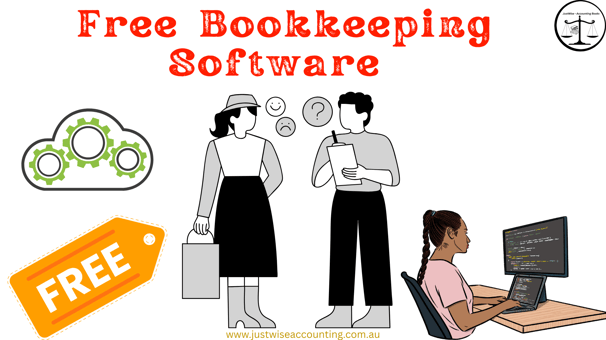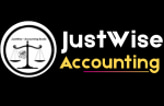Is There a Free Bookkeeping Software for Small Business?
Looking for free bookkeeping software in Australia? Explore genuine options that are reliable, secure, and suitable for small businesses.
Justwise Accounting
2 min read


Is There a Free Bookkeeping Software That Actually Works?
If you're a small business owner or sole trader in Australia, it's completely understandable to look for ways to cut down costs — and bookkeeping software is one area where free tools might seem appealing. But the question remains: is there a free bookkeeping software that can actually meet your business needs?
The answer is yes, there are a few genuinely free options available. However, it's important to understand their limitations, as well as when they may no longer be suitable as your business grows.
One of the most popular free bookkeeping tools is Wave Accounting. It’s a cloud-based software offering basic invoicing, expense tracking, and simple reporting — all at no cost. It’s suitable for freelancers or microbusinesses that don’t need advanced features like payroll or automated GST reporting. However, Wave doesn’t support Australian payroll and lacks full compliance tools for local tax obligations, which may become an issue for businesses required to submit BAS or manage GST accurately.
Another option is ZipBooks, which offers a free version of its software that includes invoicing, simple reporting, and time tracking. It can work well for service-based businesses just starting out. But similar to Wave, its free tier lacks the more advanced functions required for businesses with growing compliance or multi-user needs.
Some business owners also choose to use Excel or Google Sheets to manage their bookkeeping manually. While this method offers complete control and flexibility, it comes with significant drawbacks. Manual spreadsheets are prone to human error, require time-consuming data entry, and lack built-in audit trails. There’s also no automation, which means tasks like reconciliation or generating reports become difficult and inefficient. For businesses aiming to grow or stay compliant with ATO requirements, spreadsheets are rarely a long-term solution.
When considering free bookkeeping tools, it's essential to be aware that some products marketed as “free” come with limitations that can cost time or create inefficiencies. These might include restricted numbers of invoices, limited client records, or missing features such as payroll, inventory tracking, or integration with Australian tax systems. Some platforms may push frequent upgrade prompts, advertise within the software, or provide only basic support. In short, while the software may be financially free, it may not be cost-effective in practice.
If your business is just launching and has minimal activity, starting with a free option might make sense in the short term. But for businesses managing payroll, dealing with GST, or requiring reliable financial reporting, paid platforms such as Xero, MYOB, or Reckon often deliver far better value. These systems are designed with Australian compliance in mind and offer integration with bank feeds, ATO lodgements, payroll, and automated reconciliation — all of which save time and reduce the risk of errors.
It’s also worth noting that some paid software providers offer free trials, discounts through bookkeeping partners, or introductory pricing to help ease the transition. In the long run, the investment in a reliable bookkeeping platform can improve visibility, reduce compliance risk, and free up your time to focus on the business itself.
So, is there a free bookkeeping software that works? Yes — but the better question might be whether it works well enough for your particular business needs. If you’re unsure, a bookkeeper can help assess your setup and recommend the most efficient and cost-effective approach based on your business type, compliance needs, and growth stage.
Stay in Touch
© 2025 JustWise Accounting. All rights reserved. ABN 85 581 353 385
⚠️ We respect your privacy. Unsubscribe anytime. (under subscribe button)
Serving Australia-wide
Justwise acknowledge the Traditional Owners of the lands where we operate and pay respect to Elders past and present.
